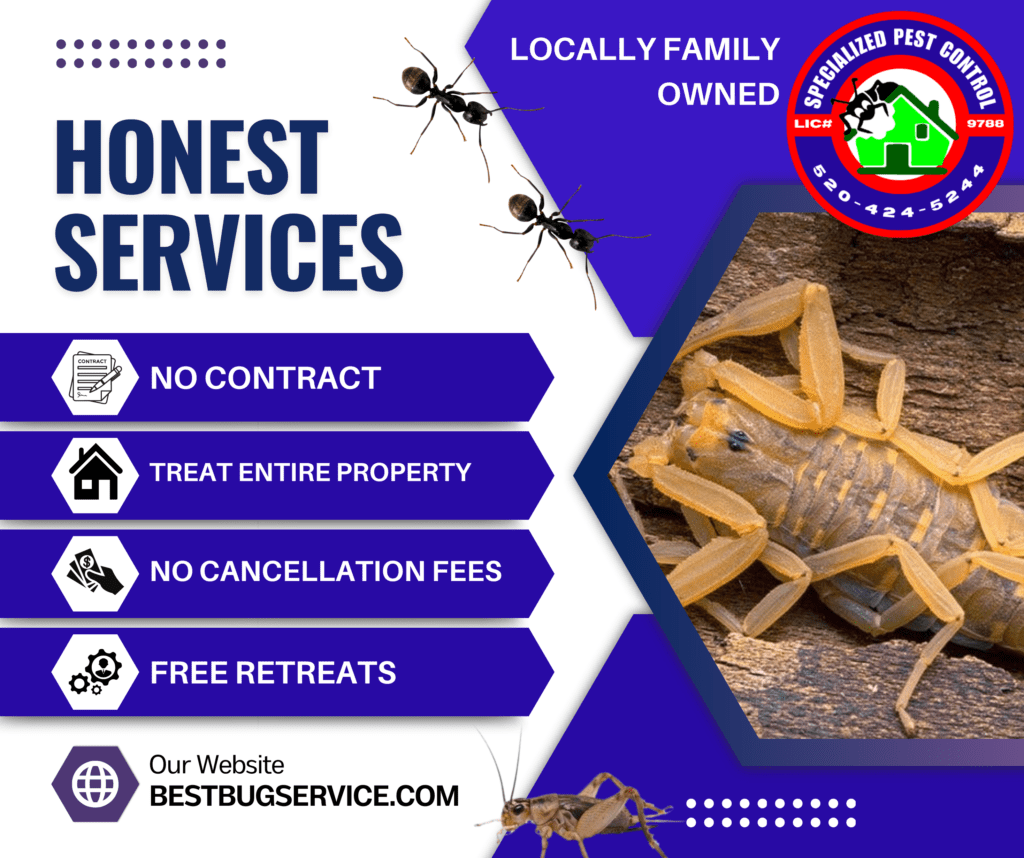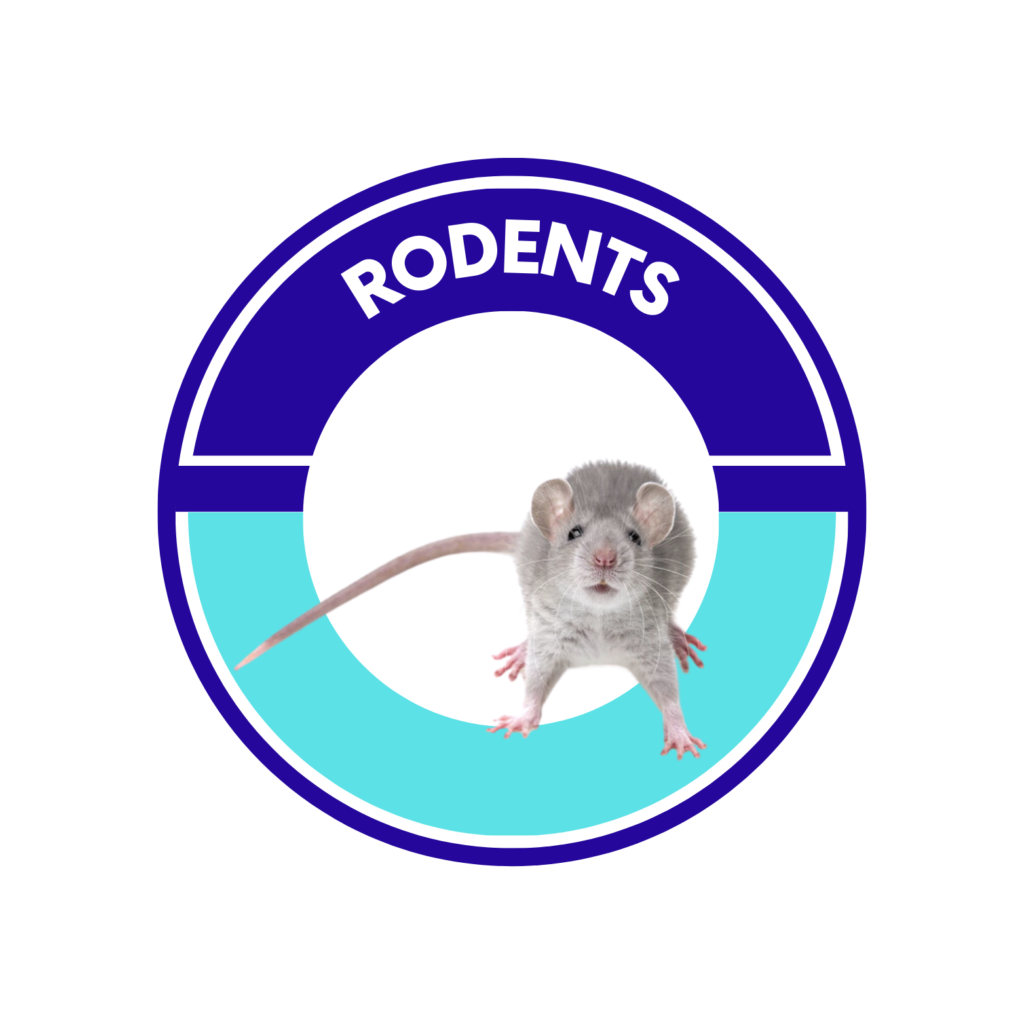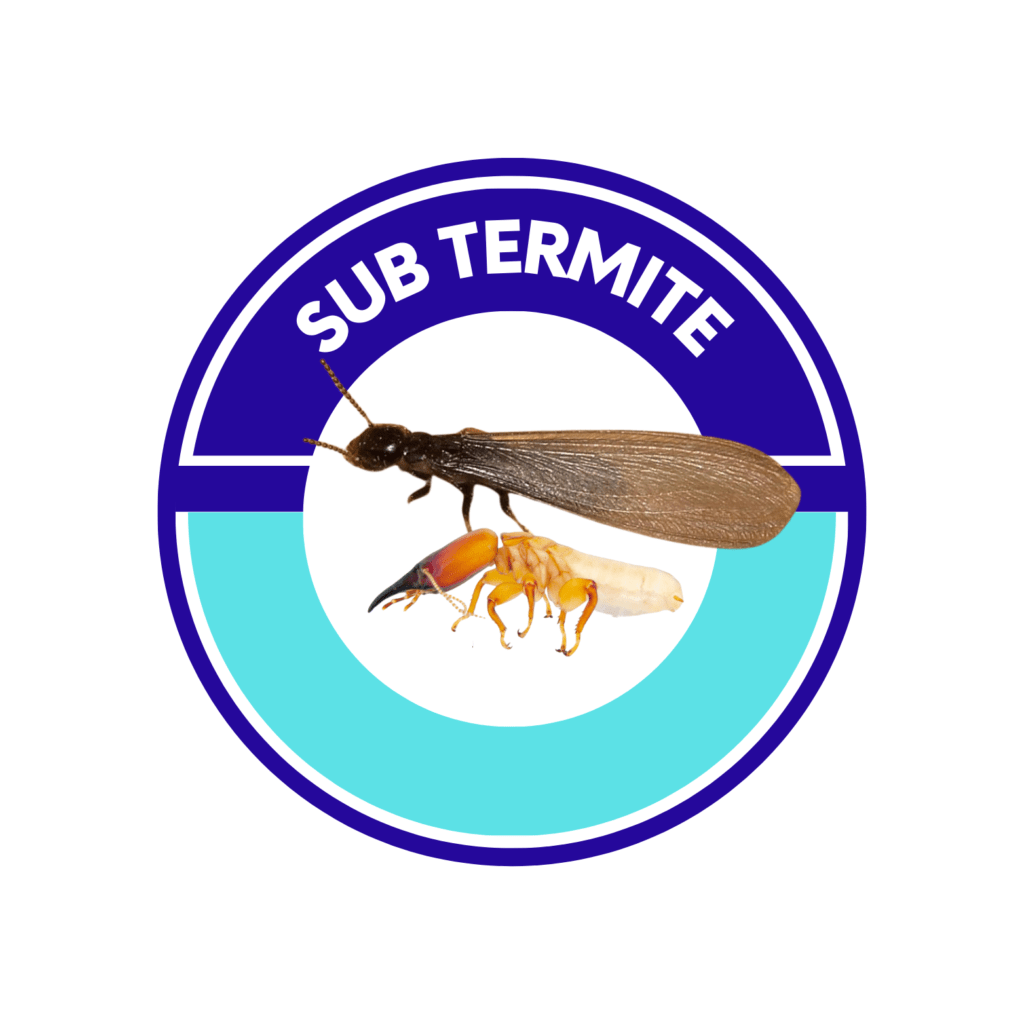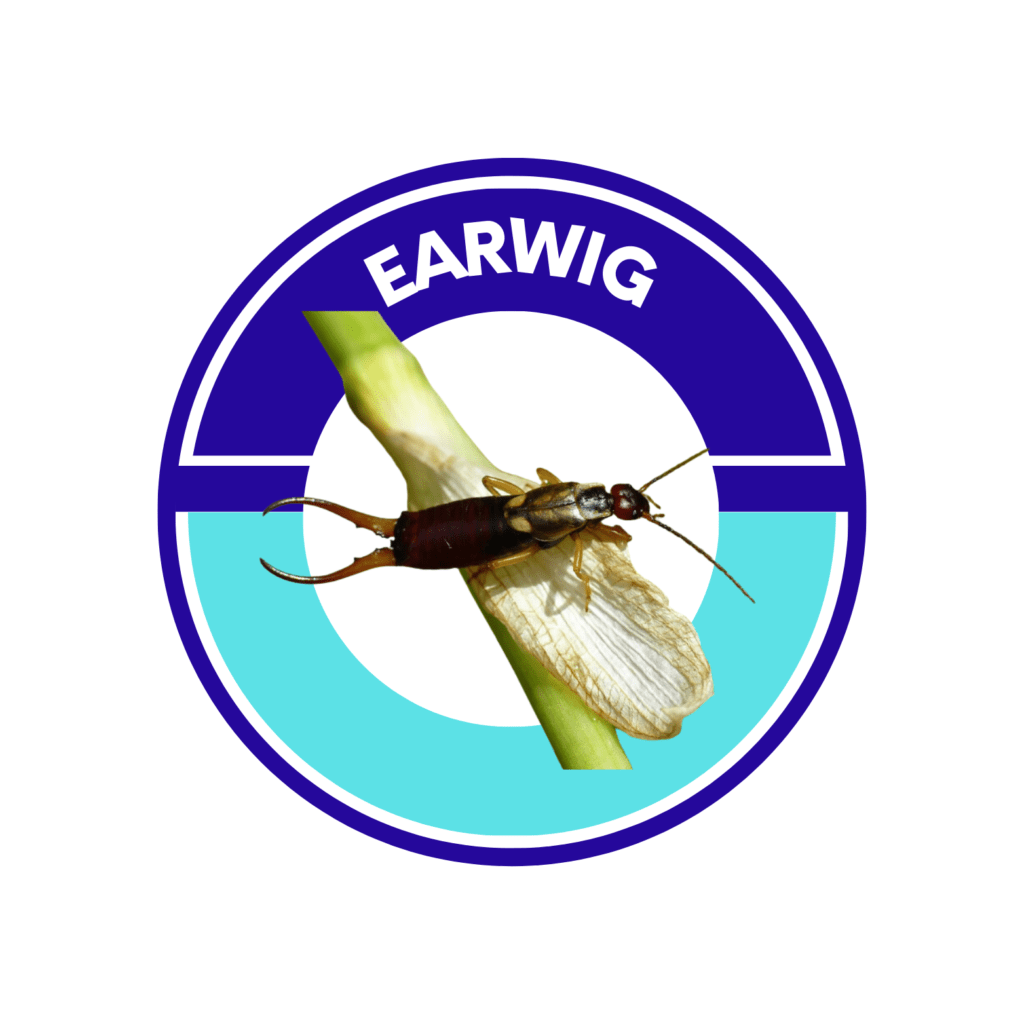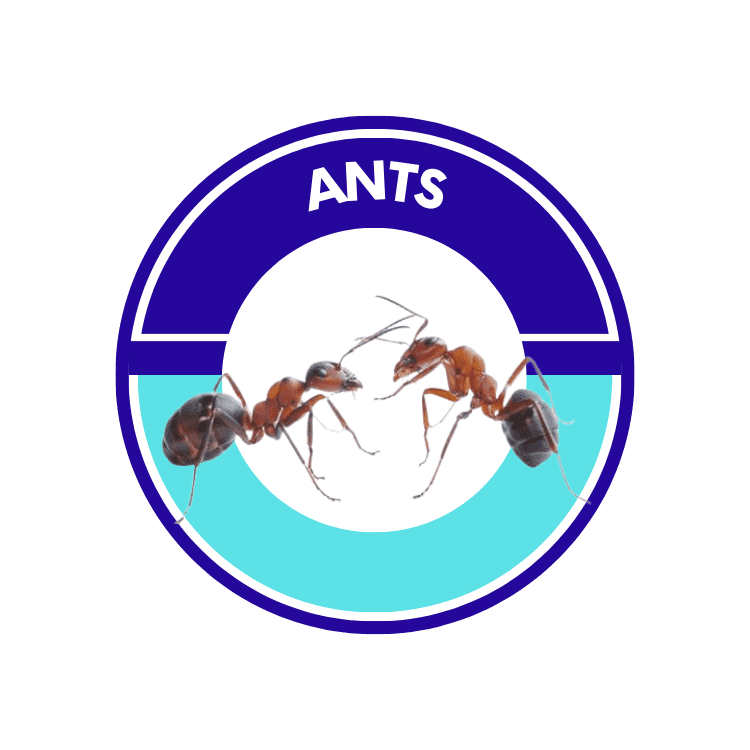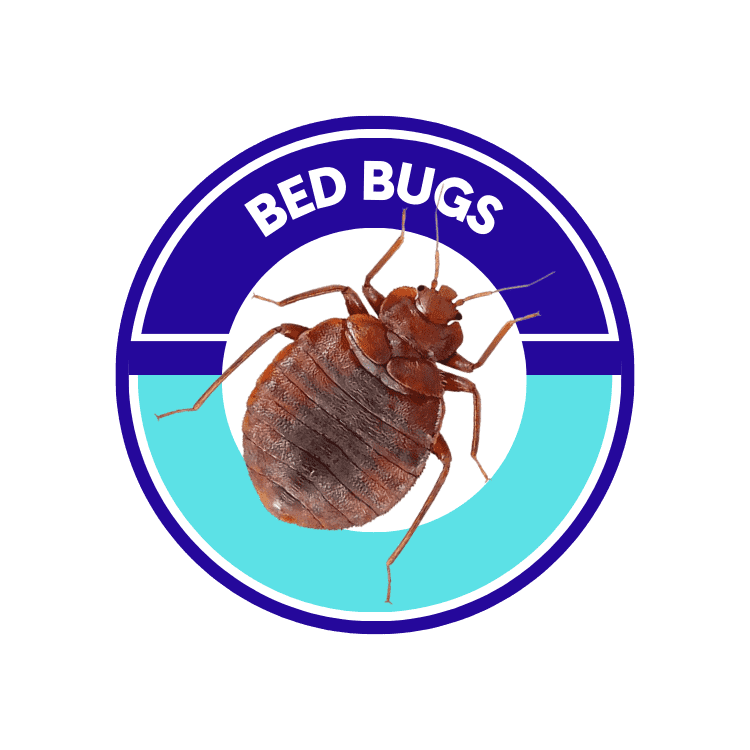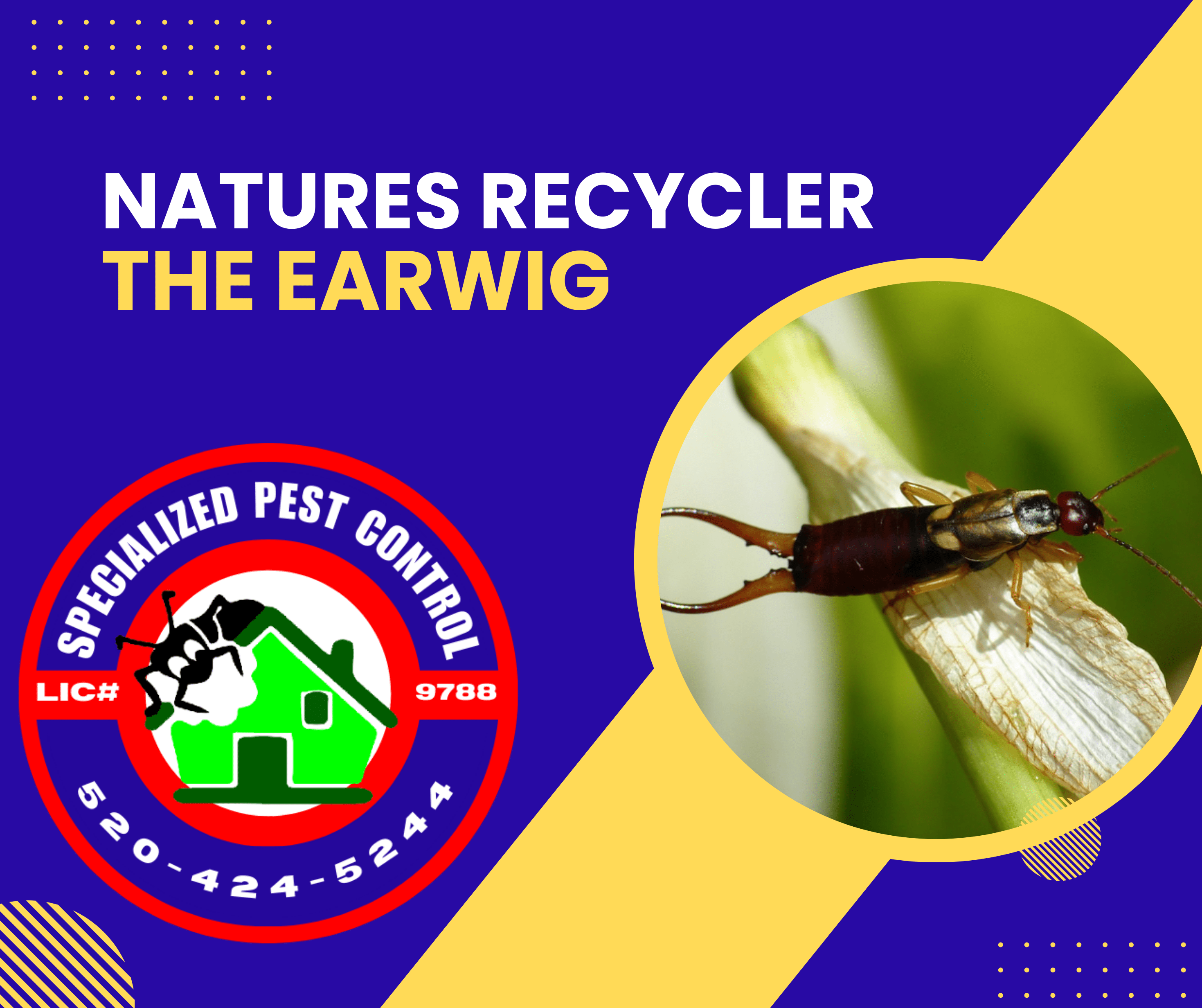
Controlling the earwig around your home involves a combination of preventative measures and targeted treatments. Here are some steps you can take:
- Indoor Prevention:
- Seal Entry Points: Inspect your home for gaps, cracks, and openings where earwigs could enter and seal them with caulk or weather stripping.
- Reduce Moisture: Earwigs are attracted to damp environments, so fix any leaks, ensure proper ventilation, and use a dehumidifier if necessary.
- Remove Clutter: Reduce clutter in basements, attics, and other storage areas where earwigs may hide.
- Outdoor Prevention:
- Yard Maintenance: Keep your yard tidy by mowing the lawn regularly, trimming shrubs and bushes, and removing leaf litter and debris.
- Remove Habitat: Earwigs like to hide in dark, damp places, so eliminate potential habitats such as mulch beds, woodpiles, and dense vegetation near your home.
- Exclude Them: Create a barrier around your home by using gravel or diatomaceous earth around the foundation to discourage earwigs from crossing.
- Natural Remedies:
- Diatomaceous Earth: Sprinkle food-grade diatomaceous earth around entry points and areas where earwigs are present. This natural substance is abrasive to their exoskeletons and can help control their population.
- Essential Oils: Certain essential oils, such as lavender, peppermint, or citrus oils, may act as repellents for earwigs. Dilute the oils with water and spray them around entry points and infested areas.
- Chemical Treatments:
- Insecticides: Apply residual insecticides labeled for earwig control around the perimeter of your home, paying particular attention to areas where earwigs are likely to hide or enter.
- Baits: Earwig baits containing boric acid or other active ingredients can be placed in areas where earwigs are active. Follow the instructions on the product label carefully.
- Monitor and Repeat:
- Regularly inspect your home and yard for signs of earwig activity, such as damage to plants or sightings of live earwigs.
- Reapply treatments as needed to maintain control and prevent reinfestation.
If you’re dealing with a severe earwig infestation or if you’re unsure about how to effectively control them, consider consulting with a professional pest control service for assistance. They can assess the situation and recommend appropriate treatments tailored to your specific needs.
The Earwig are omnivorous insects, meaning they eat a variety of plant and animal matter. Their diet typically includes:
- Plant Material: Earwigs feed on a wide range of plant materials, including leaves, flowers, fruits, and seedlings. They may cause damage to garden plants, ornamental plants, and crops by chewing on foliage and flowers.
- Decaying Organic Matter: Earwigs are scavengers and will consume decaying plant and animal matter found in compost piles, mulch beds, and other organic debris. They play a beneficial role in breaking down organic material and recycling nutrients in the soil.
- Insects and Other Arthropods: Earwigs are also opportunistic predators and will feed on small insects, mites, and other arthropods. They may consume aphids, caterpillars, insect eggs, and other pests, making them beneficial predators in gardens and agricultural fields.
- Fungi: In addition to plant and animal matter, earwigs may consume fungi and mold found in damp, humid environments.
While earwigs can sometimes be considered pests, especially when they damage plants or invade homes, they also provide ecological benefits by helping to control populations of other insects and by contributing to the decomposition of organic matter.
A pest is never a pest until it invades our living space
Earwigs aka pincher bugs are definitely beneficial to our environment. However they are unwanted inside our homes.
